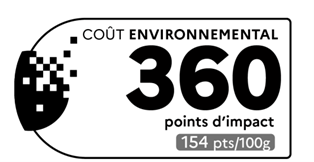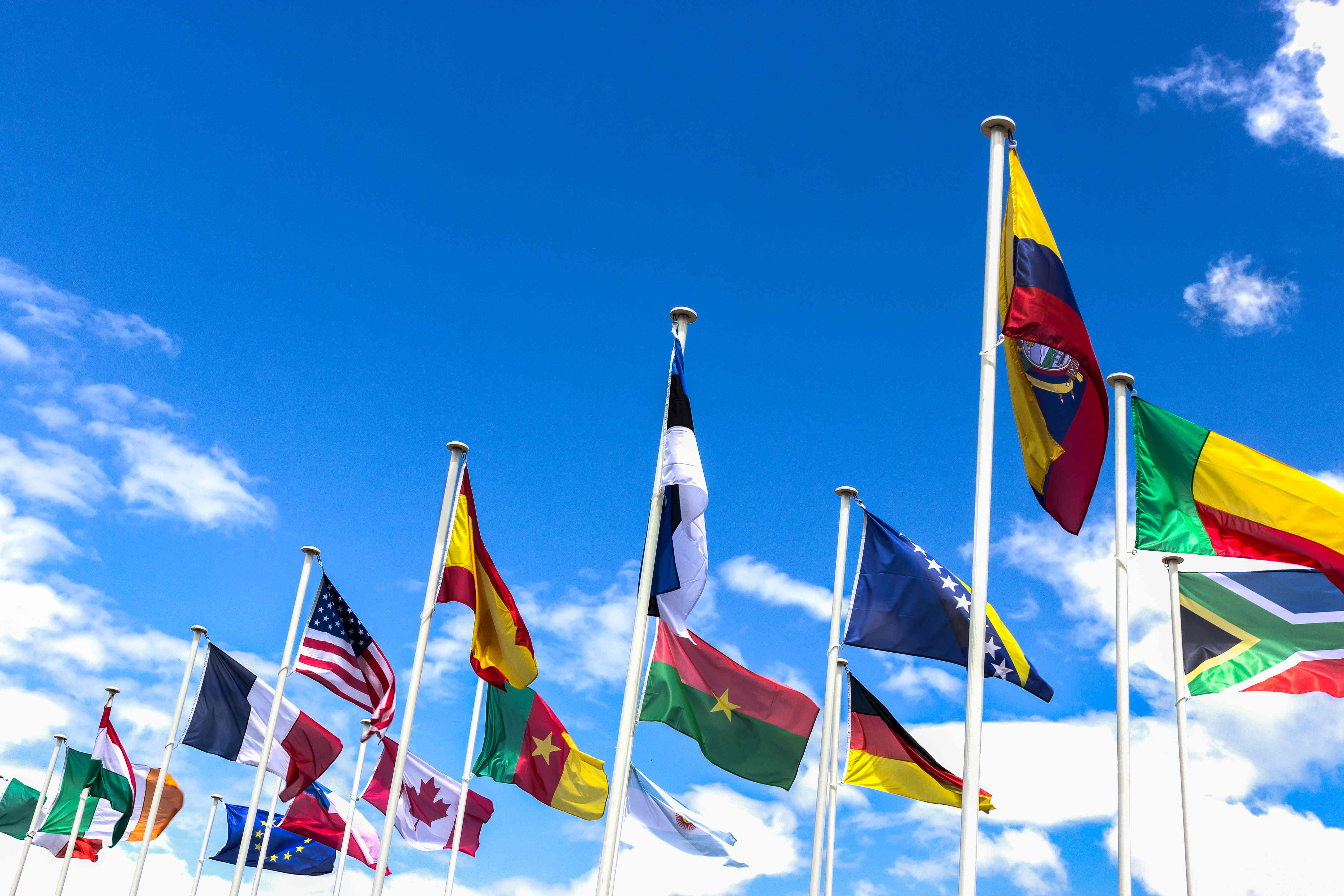France Approves Environmental Cost Labeling for Textiles

Vol. 1493 | 29 Sep 2025
France has officially introduced Decree No. 2025-957, and an accompanying ministerial Order concerning the labeling of the environmental cost of textile products on the French market, aiming to inform consumers about the environmental impact of these products.
On September 6, 2025, the French Government issued Decree No. 2025-957 and an accompanying ministerial order to establish the methodology for calculating and displaying the "environmental cost" (coût environnemental) of textile clothing products.
What is French Environmental Cost?
The French 'Environmental Cost' (French: Coût Environnemental), formerly named as French Eco-score, is part of France's affichage environnemental (environmental labeling) scheme for textiles, introduced under the AGEC law and formalized by the 2021 Climate and Resilience Law. The updated Environmental Cost will display the environmental impact as a specific numerical value on product labels, where lower scores reflect a reduced environmental impact.
How are the environmental costs calculated?
Ecobalyse is the official tool developed by the French government to calculate and communicate the environmental impact of textile products. A product’s environmental cost is determined using 16 key indicators, encompassing aspects such as greenhouse gas emissions, water and land usage, energy consumption, mineral resource depletion, and toxicity to humans and ecosystems. This scoring system is grounded in Life Cycle Assessment (LCA) principles and represents a streamlined adaptation of the Product Environmental Footprint (PEF) methodology.
In addition to PEF metrics, two fixed-point criteria are included for apparel: one penalizes exporting used garments outside the EU, and the other scores materials based on microplastic fiber release during washing.
Who needs to comply?
The French environmental cost labeling rule applies to all companies selling apparel and textiles in France—including brands, distributors, and importers regardless its origin. The decree does not clearly outline exemptions for small fashion brands or specify company size thresholds.
Which product categories are included?
Clothing articles containing at least 80% textile materials. Shoes and accessories are excluded even they contain textile components.
Covered products:
- Boxers/briefs
- socks, shirts
- jeans
- skirts/dresses
- swimwear
- coats/jackets
- pants/shorts
- sweaters
- T-shirts/polos.
The following are excluded from the decree:
- Textile products not used for clothing (e.g., home linens or coverings);
- Second-hand products
- Single-use clothing products;
- Textile clothing products with electronic components;
- Textile clothing products where more than 20% of the mass consists of materials whose environmental impact contributions are not modeled in the methodology.
- Personal protective equipment
Timeline for textile and fashion brands
Starting from October 2025, brands may voluntary calculate and submit the environmental costs of their products to the public portal, allowing consumers to assess the ecological footprint of clothing items.
From October 2026: If the fashion brand has not yet published a score themselves, any third party, e.g. retailers, NGOs, will be able to publish the Environmental Cost on behalf of textile brands – without needing the brand’s prior approval.
Display of the score
The signage format includes the words "Coût environnemental" (environmental cost) as the header, a pictogram showing impact points per product and per 100g, must follow a government-issued graphic charter without alteration, and be resized proportionally (homothetically) with a size at least equal to the price font or any other environmental score shown—whether displayed on the product, its packaging, physical shelves, or online listings.

Link to the régulation :
If you have any questions, please contact :
Ayyappan Kandaswamy (ayyappan.kandaswamy@intertek.com), Zineb Danon (zineb.danon@intertek.com) or Vienna Chow (Vienna.Chow@intertek.com)



